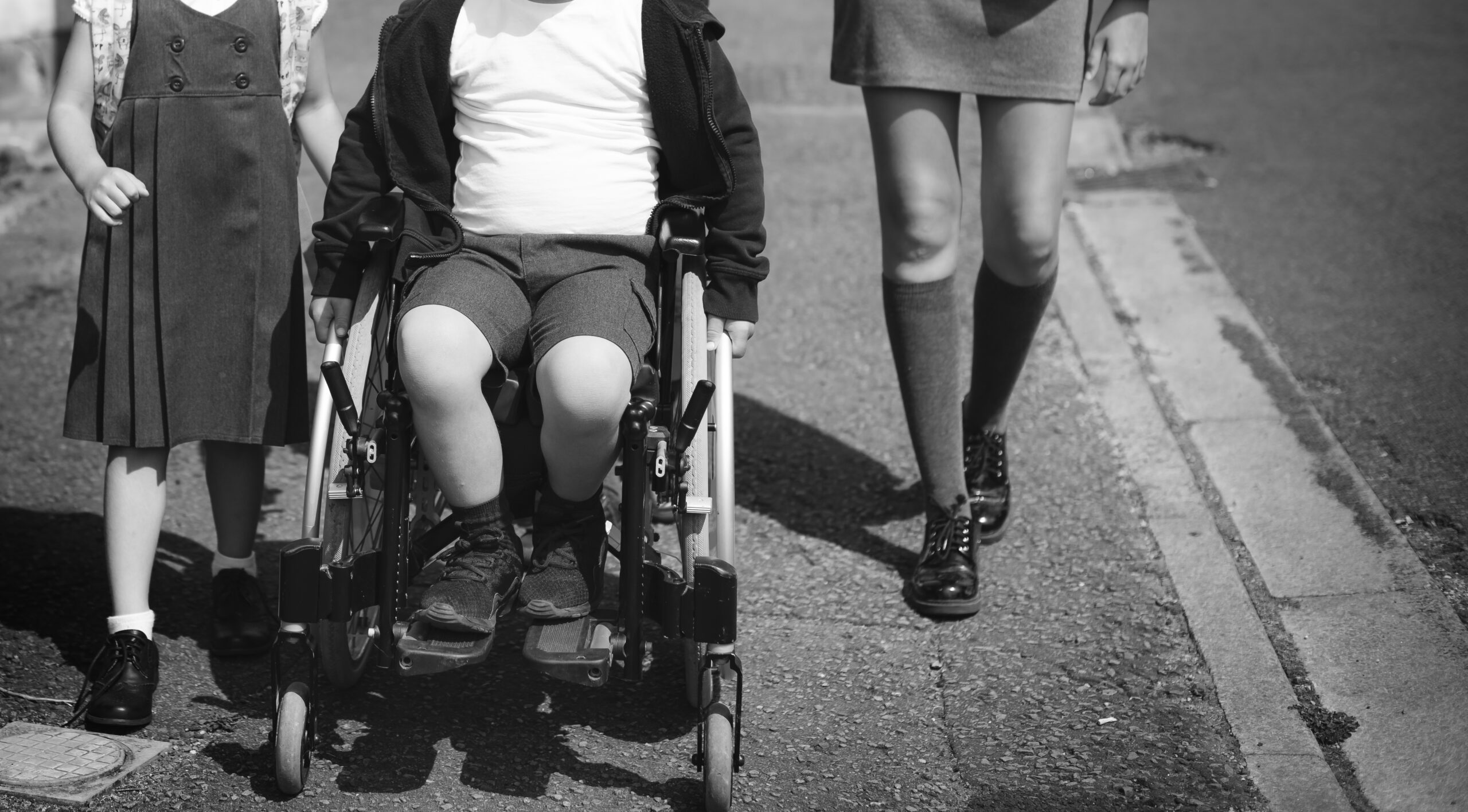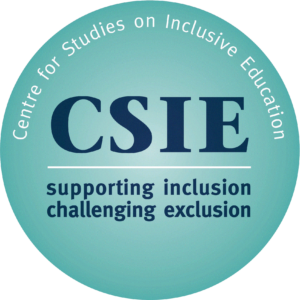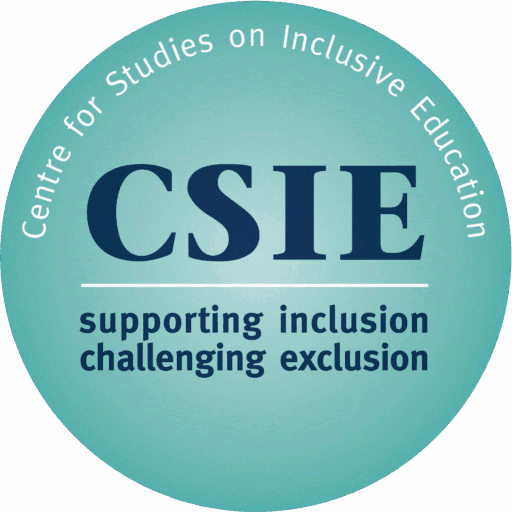Inclusive education and international human rights instruments
Children’s right to inclusive education is widely recognised in international human rights law. All relevant international human rights instruments recognise the right to education without discrimination on any grounds, including gender, disability, ethnic background, and other aspects of identity.
The most widely ratified human rights instrument worldwide is the UN Convention on the Rights of the Child, which is increasingly taken as setting the standards for all issues relating to children. The most recently adopted instrument is the UN Convention on the Rights of Persons with Disabilities, which explicitly states that education for disabled children should be inclusive. These and other key treaties supporting children’s right to inclusive education are binding on the states which have ratified them.
The UN Convention on the Rights of Persons with Disabilities (2006, in force 2008)
covers the rights of disabled people. Article 5 recognises the right to equality and non- discrimination, article 7 makes special provision for children and article 24 asserts the right to inclusive education.
The United Nations Convention on the Rights of Persons with Disabilities (CRPD) recognises that all aspects of accessibility (to the physical, social, economic and cultural environment, to health and education and to information and communication) are essential for disabled people to fully enjoy their human rights.
Article 24 of the Convention enshrines the right to inclusive education. It requires governments to ensure that disabled children and young people:
- are not excluded from mainstream education because of disability.
- have access to free, inclusive and high-quality education in their local communities.
- receive the reasonable adjustments and individual support they need to thrive.
- learn in environments that support both academic progress and social development.
The Convention also highlights the importance of teaching Braille, sign language and other accessible communication methods, and of training teachers and staff in disability awareness and inclusive practice. It applies across all levels of education, including primary, secondary, further, higher and lifelong learning. For more details, visit the United Nations Enable website.
Implementation is monitored by the UN Committee on the Rights of Persons with Disabilities. Countries that have signed the Convention must submit regular reports on their progress. The Committee reviews these reports, meets with government representatives, and then publishes recommendations for further action. See extracts from the Committee’s recommendations to governments on disability rights (2018–2021).
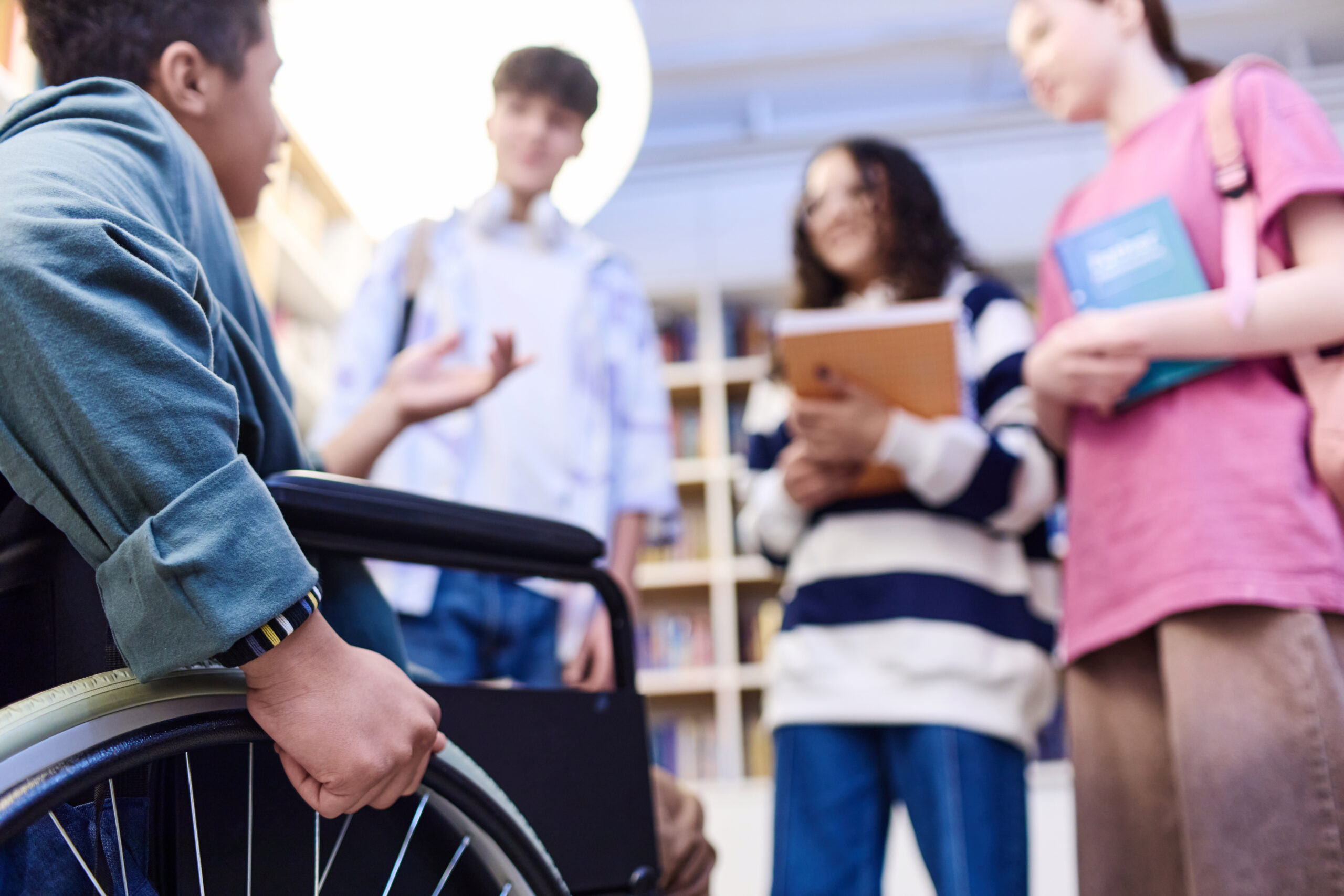
The International Convention on the Protection of the Rights of All Migrant Workers and Members of Their Families (1990, in force 2003)
covers the rights of migrant workers and their families. Article 7 asserts the right to enjoyment of the rights in the Convention without discrimination; articles 43 and 45 recognise the right to education, including vocational education and training.
The Convention on the Rights of Migrant Workers and Their Families guarantees every child of a migrant worker the right to education, on an equal basis with nationals of the country where they live. This applies regardless of the parents’ or child’s migration status. Key protections include:
- Equal access to schools, vocational training and guidance for migrant workers and their families.
- Special focus on children’s education, including support for learning the local language and opportunities to maintain their mother tongue and culture.
- A commitment from governments to promote integration in the school system while respecting cultural identity.
Implementation of the Convention is monitored by the UN Committee on the Protection of the Rights of All Migrant Workers and Members of Their Families, which reviews government reports and issues recommendations for further action.
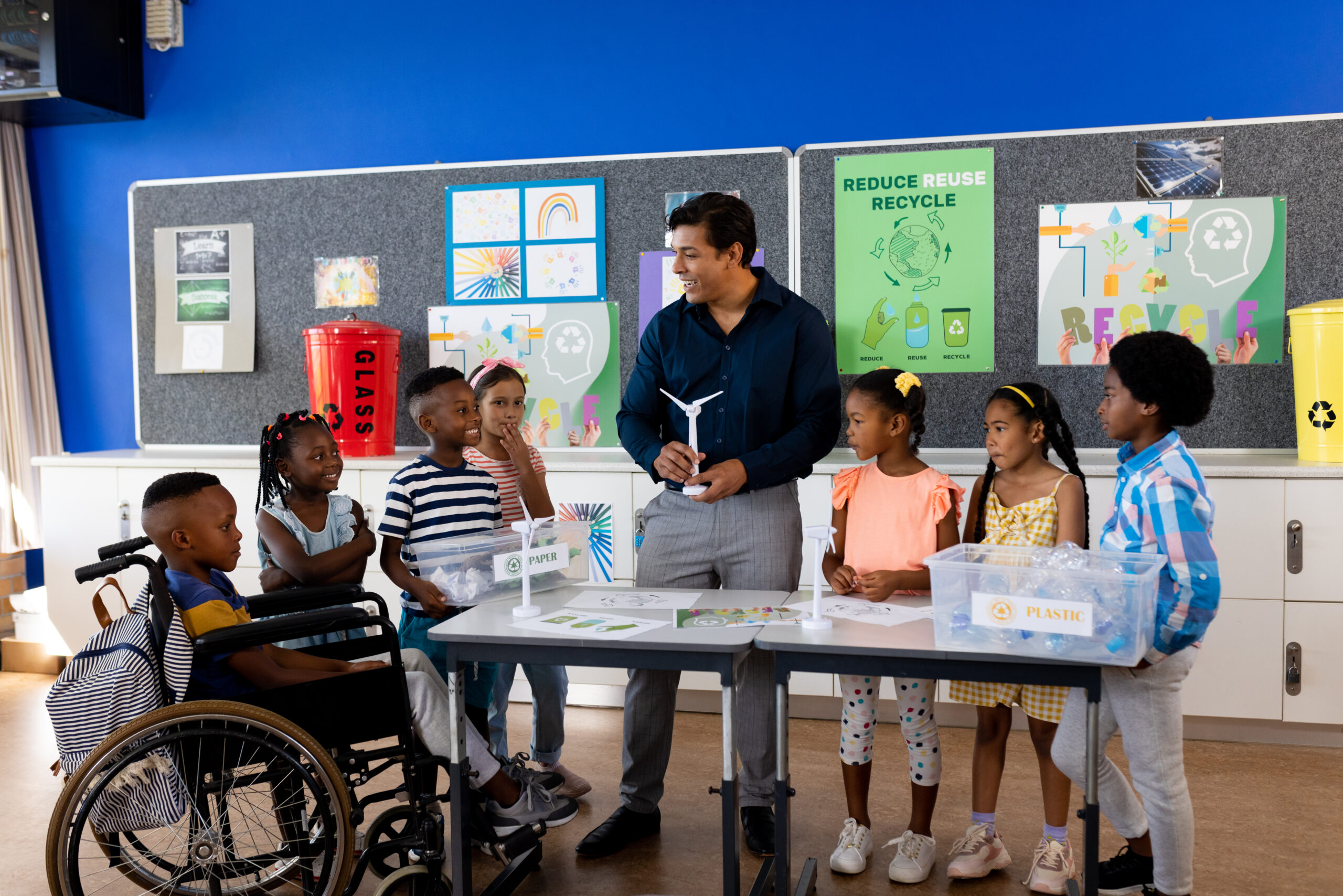
The UN Convention on the Rights of the Child (1989, in force 1990)
covers the rights of children up to the age of 18. Article 2 asserts the right to enjoyment of these rights without discrimination, article 23 makes special provision for disabled children, articles 28 and 29 detail the right to education.
The Convention sets out four key principles to ensure that every child’s rights are respected and upheld:
- Non-discrimination – All children have the same rights, regardless of background, ability, or family circumstances.
- Best interests of the child – In all decisions, the child’s wellbeing must come first.
- Survival and development – Every child has the right to life and to develop to their full potential.
- The voice of the child – Children have the right to express their views and have them taken seriously.
The Convention gives special attention to disabled children, recognising their right to dignity, support, inclusion, and equal opportunities in education, health and community life. It also sets out the right to education:
- Free and compulsory primary education for all children.
- Access to secondary and higher education without discrimination.
- Education that supports the child’s full development, respect for human rights, cultural identity, peace, tolerance, and care for the environment.
General Comments relevant to inclusive education
The UN Committee on the Rights of the Child has clarified how children’s right to education should be applied in practice:
- General Comment No. 1 – Aims of Education (2001): Education must combat discrimination and promote respect for diversity and human rights.
- General Comment No. 6 – Unaccompanied Children (2005): All displaced or separated children have equal access to education, including vocational training and cultural/language support.
- General Comment No. 9 – Children with Disabilities (2006): Inclusive education should be the goal, requiring cooperation between teachers, adapted curricula, and removal of barriers.
- General Comment No. 11 – Indigenous Children (2009): States must provide fair, culturally respectful education, including bilingual teaching and adapted school calendars.
General Discussion Days relevant to inclusive education
The Committee has also held several “general discussion days” to strengthen children’s rights in education. In 1997, discussions on disabled children emphasized that inclusion is a right, not a privilege—schools must adapt to children’s needs, not the other way around. Exclusion wastes children’s potential and reflects a lack of political will rather than resources.
Implementation of the Convention is monitored by the Committee on the Rights of the Child. Each state that has ratified the Convention periodically prepares reports on its implementation which are submitted to the Committee. Non-governmental organisations (NGOs) may submit ‘alternative’ reports to the Committee. The Committee considers the reports and examines government delegations from the states concerned at one of its three sessions per year, and prepares its concluding observations and recommendations for further action. View extracts from the Committee’s recommendations relevant to inclusive education (2002-2023):

The UN Convention on the Elimination of All Forms of Discrimination against Women (1979, in force 1981)
covers the rights of women, including girls, to enjoy all human rights without discrimination on grounds of gender. Article 1 defines discrimination; article 10 recognises the right to education without discrimination; article 14 refers to education for women living in rural areas.
The Convention on the Elimination of All Forms of Discrimination against Women (CEDAW) affirms women’s and girls’ equal right to education. Article 10 requires states to ensure equality in access, curricula, teaching quality, facilities, scholarships, continuing education, sports, and health education, while eliminating gender stereotypes and reducing dropout rates. Special attention is given to the right to education of women living in rural areas (Article 14).
Implementation is monitored by the Committee on the Elimination of Discrimination against Women. Each state that has ratified the Convention periodically prepares reports on its implementation. Non-governmental organisations (NGOs) may submit ‘alternative’ reports. The Committee considers all reports, examines government delegations and issues concluding observations and recommendations for further action.
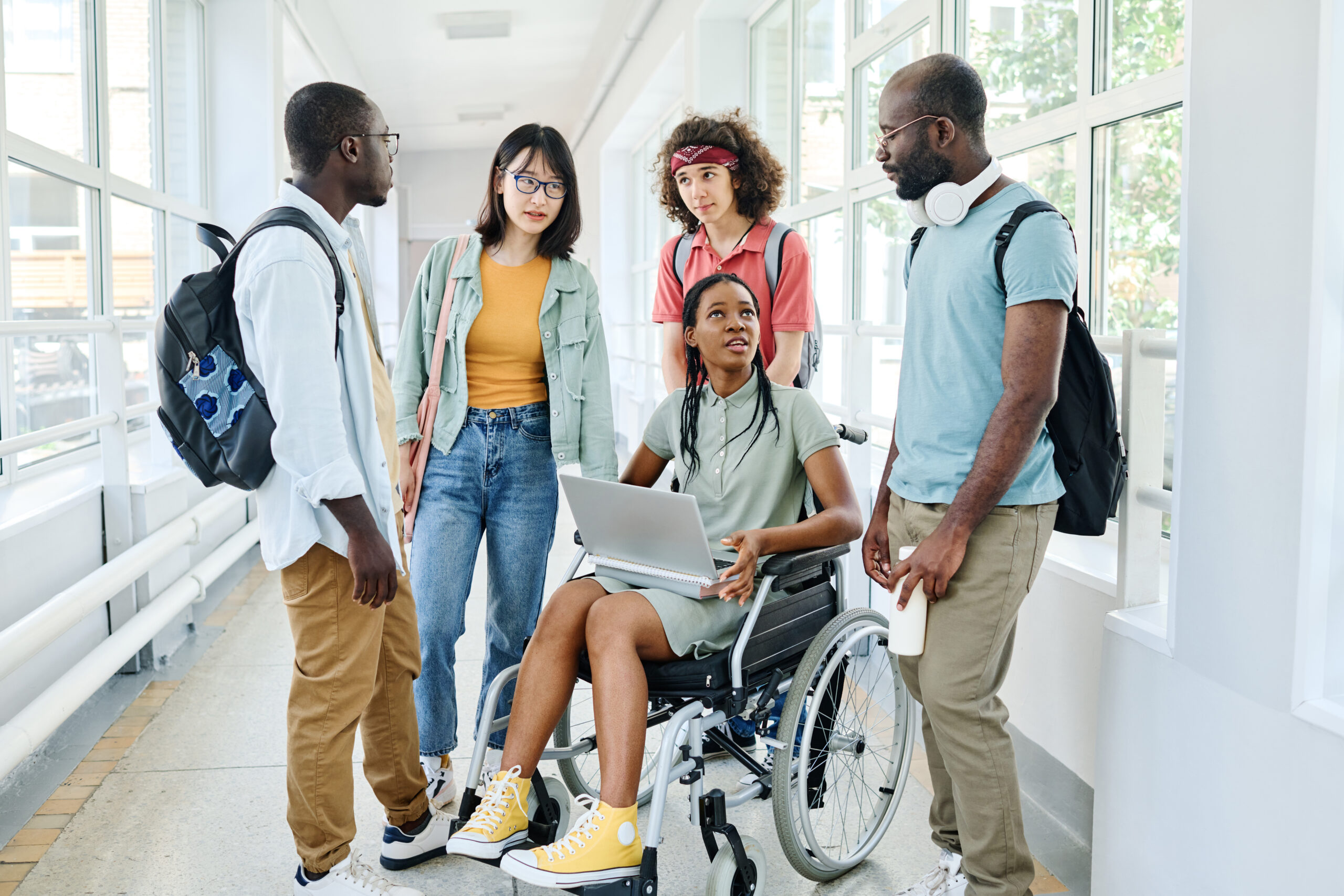
The International Covenant on Economic, Social and Cultural Rights (1966, in force 1976)
covers economic, social and cultural rights. Article 2 states that these rights should be enjoyed without discrimination, articles 13 and 14 assert the right to education.
The International Covenant on Economic, Social and Cultural Rights (ICESCR) affirms the universal right to education without discrimination (Articles 13–14). Education must support the full development of human dignity and personality, strengthen respect for human rights, and equip individuals to participate effectively in a free, tolerant, and peaceful society. States are required to make primary education compulsory and free for all, while progressively expanding free access to secondary and higher education, alongside vocational opportunities. They must also encourage adult and fundamental education for those who missed primary schooling, improve the conditions of teachers, and respect parental freedom to choose schools that meet state standards and align with their moral or religious beliefs. For countries that have not yet achieved free compulsory primary education, Article 14 requires that they develop and adopt a concrete plan to achieve it within a reasonable timeframe.
Implementation of the Covenant is monitored by the Committee on Economic, Social and Cultural Rights. Each state that has ratified the Convention periodically prepares reports on its implementation. Non-governmental organisations (NGOs) may submit ‘alternative’ reports. The Committee considers all reports, examines government delegations at one of its three sessions per year, and prepares its concluding observations and recommendations for further action.

The European Social Charter (1961) and the Revised Social Charter (1996)
guarantee social and economic rights. Articles 9, 10, 15 and 17 cover the right to education and vocational training, with the provisions in the Revised Charter strengthening the emphasis on social inclusion and participation. Article E in the Revised Charter confirms the right to non-discrimination.
The European Social Charter (1961) and the Revised Social Charter (1996) are key treaties of the Council of Europe. Both protect the rights of disabled people, with a strong focus on education, training, and inclusion. They state that everyone should have access to vocational guidance, training, and higher education, including disabled people, with support available free of charge. Article 15 is especially important, guaranteeing disabled people the right to independence, vocational training, and full participation in community life. The Revised Charter strengthened these protections by emphasising social integration and inclusion. The Council of Europe’s disability strategy (2017–2023) highlights that education for disabled children should aim for full inclusion in society. The Charters also protect children’s rights, requiring free primary and secondary education and measures to encourage regular school attendance. Article E on non-discrimination ensures that all rights must be secured equally, without discrimination based on disability, race/ethnicity, sex, social origin, or other status.
Full text of the European Social Charter
Full text of the Revised Social Charter
Implementation of the Charter States which have ratified the Charter(s) submit reports on implementation. The European Committee on Social Rights decides whether or not the situation conforms to the Charter. Not all articles are examined in every report: core provisions are reported every two years, and others every four years. There is also a ‘collective complaints’ system under a protocol to the Charters which allows certain organisations to make specific complaints about a state in breach of the Charters.
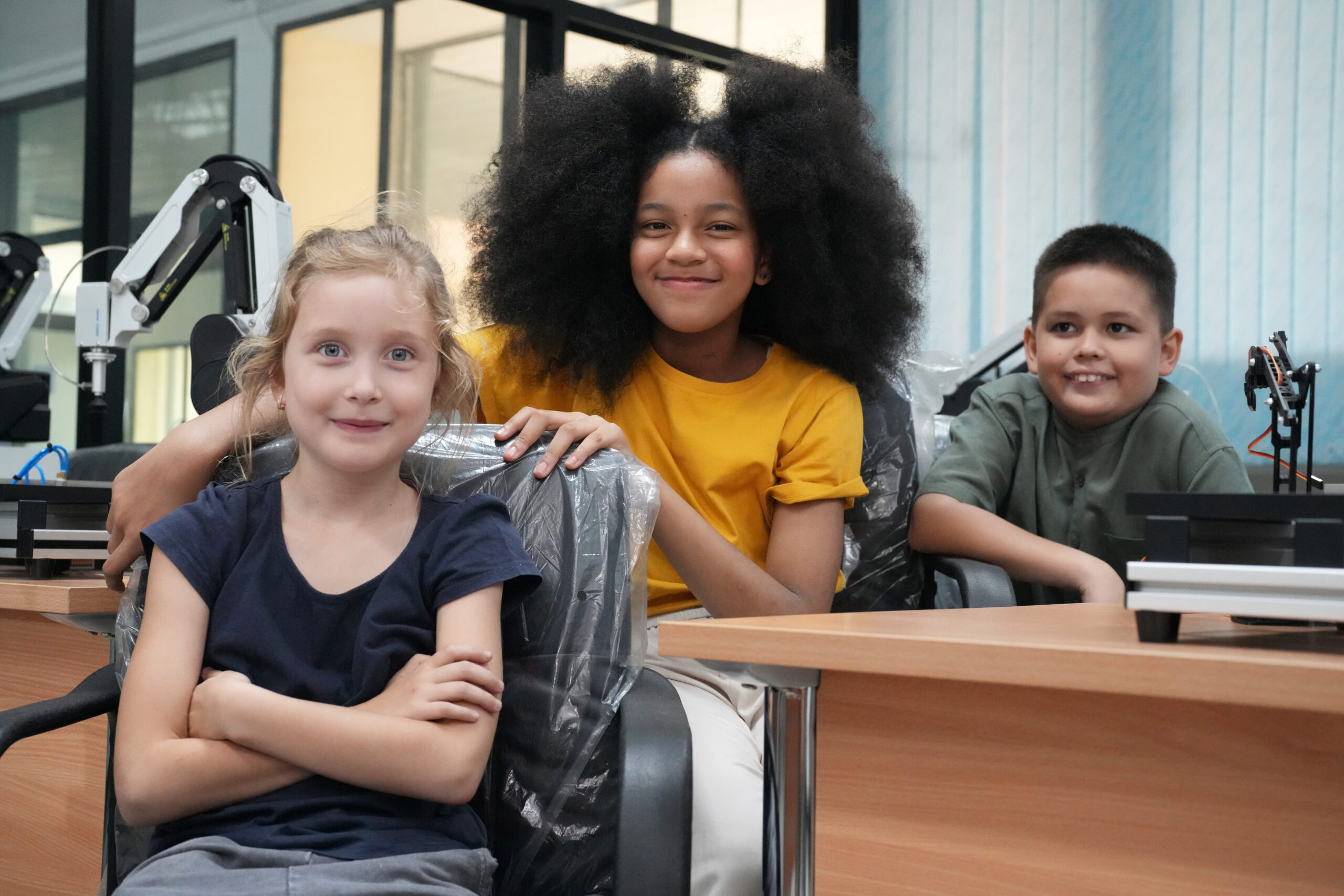
The International Convention on the Elimination of All Forms of Racial Discrimination (1965, in force 1969)
covers the rights of all people to enjoy all human rights without discrimination on grounds of “race, colour, descent, or national or ethnic origin”. Article 1 defines racial discrimination; article 5 asserts the right to education without discrimination.
The Convention on the Elimination of All Forms of Racial Discrimination commits states to take immediate and effective action against racial discrimination. Under Article 2, states must refrain from and actively oppose any discriminatory practices, ensure that public authorities comply with these obligations, and must change any laws or policies that create or support discrimination. They are also required to prohibit racial discrimination by individuals, groups, or organisations, promote integration, and discourage actions that reinforce racial divisions. Where necessary, states should take special measures to support the development and protection of disadvantaged racial groups, ensuring their full and equal enjoyment of human rights.
Article 5 specifically guarantees the right to education without discrimination. States must ensure that every person, regardless of race/ethnicity, colour, or national or ethnic origin, enjoys equal access to education and training, alongside other economic, social, and cultural rights.
Implementation of the Convention is monitored by the Committee on the Elimination of Racial Discrimination. Each state that has ratified the Convention periodically prepares reports on its implementation. Non-governmental organisations (NGOs) may submit ‘alternative’ reports. The Committee considers all reports, examines government delegations and issues its concluding observations and recommendations for further action.
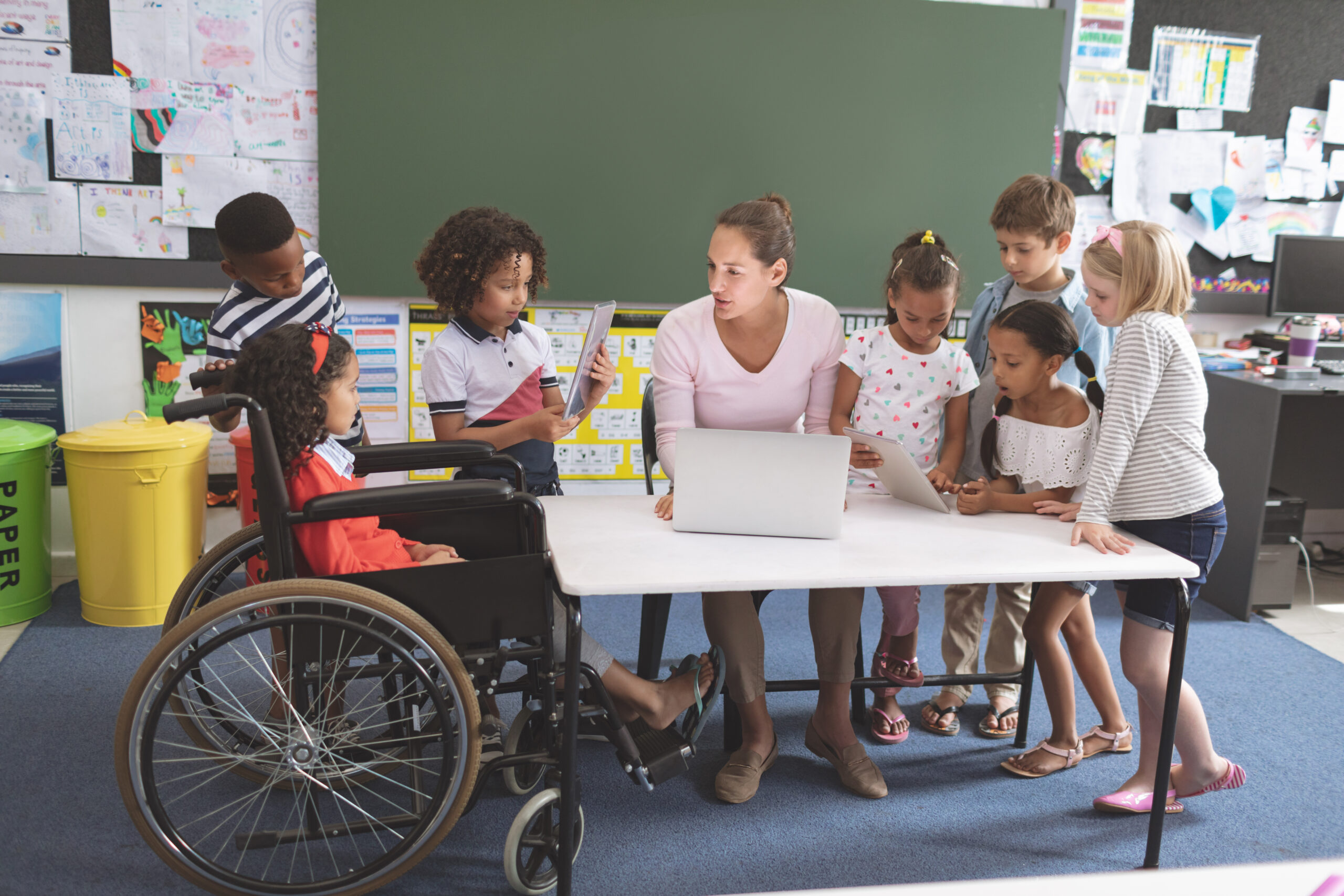
The UNESCO Convention against Discrimination in Education (1960)
covers the right of all people to enjoy education without discrimination. Article 1 defines discrimination, article 2 covers single-sex, private and faith-based education; article 5 addresses the purpose of education and parental choice.
The UNESCO Convention against Discrimination in Education sets out the principle that no one should be excluded from, or given poorer-quality, education because of factors such as race/ethnicity, sex, language, religion, political views, social background, or economic status. Discrimination includes denying access to education, limiting people to lower-quality schools, or maintaining systems that divide students unfairly. At the same time, the Convention recognises that separate schools may be acceptable if they provide genuinely equal quality—such as single-sex schools, schools for religious or linguistic communities, or private schools—so long as attendance is voluntary and the education meets national standards.
States that sign the Convention must actively remove discriminatory laws and practices, guarantee equal admission to schools, and ensure fair access to scholarships and financial support. They also commit to making primary education free and compulsory, expanding access to secondary and higher education, and improving education for those who missed out on schooling. Education should aim at the full development of each person, promoting human rights, tolerance, peace, and respect between nations and communities. Parents and guardians must be free to choose their children’s schools, and minorities must have the right to maintain their own educational activities, provided they meet national standards and allow integration into wider society.
Commentary on the Convention (2006 pdf)
Implementation of the Convention is monitored by the General Conference of the United Nations Educational, Scientific and Cultural Organization. UNESCO publishes the list of State parties.
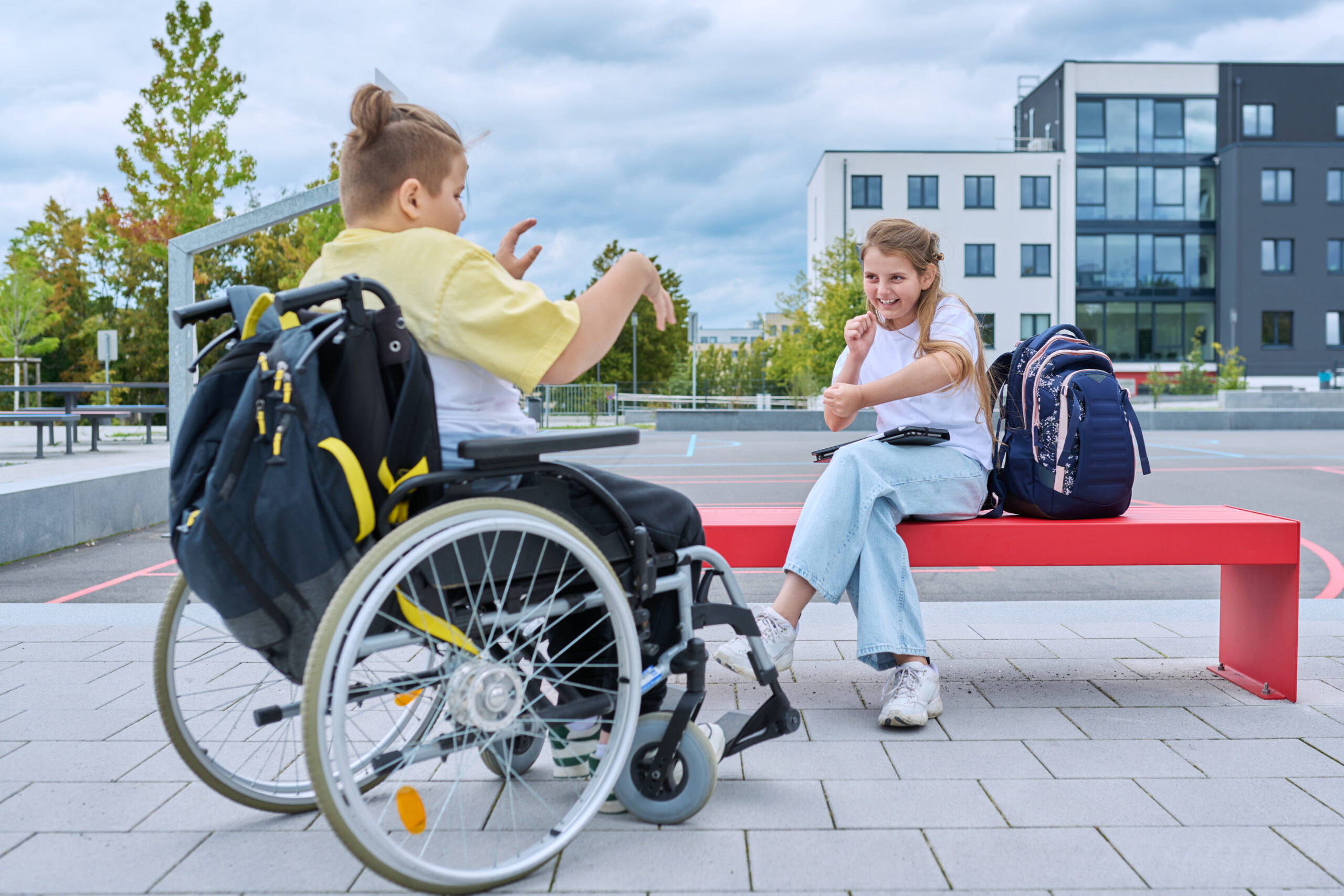
The UN Standard Rules on the Equalisation of Opportunities for Persons with Disabilities (1993)
are a non-legally binding document that sets an international standard for policy-making covering disabled people. Education is Rule 6 in a total of 22 Rules.
Rule 6 states that disabled children, young people, and adults should have the same right to education at all levels—primary, secondary, and higher—in inclusive settings wherever possible. Education for disabled people should be a natural part of the general education system, with support services like interpreters and accessible facilities provided. Families and organisations of disabled people should be included in decision-making, and compulsory education must cover all children, including those with the most substantial impairments. Special attention should also be given to very young disabled children, preschool children, and disabled adults, especially women.
To make inclusive education work, governments need clear policies, flexible curricula, teacher training, quality resources, and strong community involvement. While special schools or classes may still be needed in some cases—such as for deaf or deafblind students—they should have the same goals, quality, and resources as mainstream schools, and aim to prepare pupils for inclusion. Inclusive and community-based programmes should be developed side by side, making education more effective and accessible for all.
Full text of the Standard Rules
Adoption
Adopted by the United Nations General Assembly, 48th session, resolution 48/96, annex, of 20 December 1993.
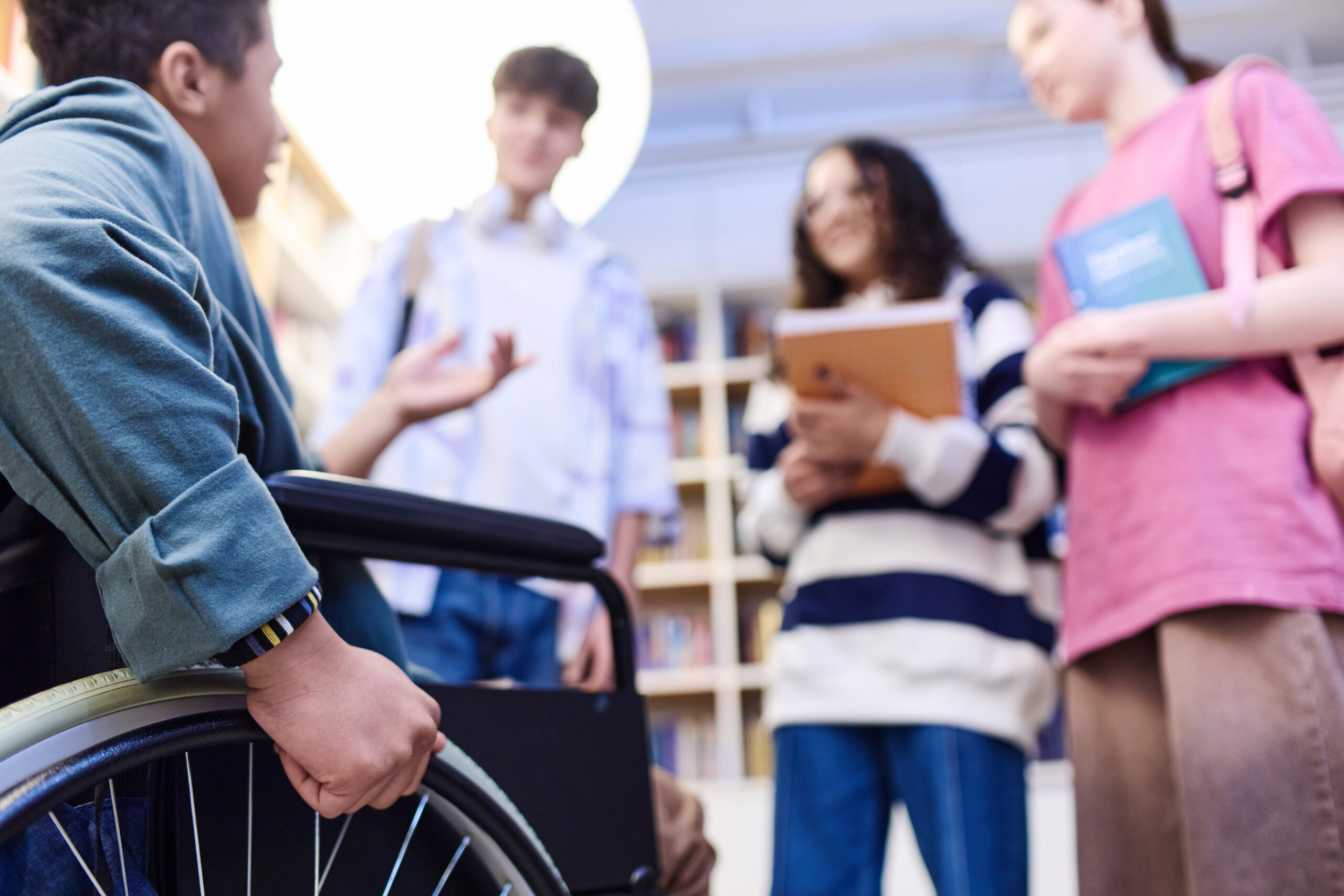
The UNESCO Salamanca Statement (1994)
calls on the international community to endorse the approach of inclusive schools by implementing practical and strategic changes.
Representatives from 92 governments and 25 organisations met in Salamanca, Spain, in 1994, to agree on a new approach to educating children with disabilities. The conference declared that all children, whatever their abilities or needs, should learn together in ordinary local schools. The guiding principle was that schools must adapt to the diverse needs of children, not the other way round. Inclusive schools were recognised as the best way to combat discrimination, build welcoming communities, and improve both the quality and cost-effectiveness of education systems.
The conference called on governments to make inclusive education a legal and policy priority, to allocate resources accordingly, and to involve parents, communities, and organisations of disabled people in planning. It urged countries to invest in early years provision, vocational education, and teacher training to ensure inclusion at every stage. Governments were also encouraged to share good practice and learn from international examples of inclusive schools.
The Salamanca Statement highlighted that inclusion is not only about education but also about human dignity, equality, and human rights. UNESCO and other UN agencies were asked to lead global efforts, fund pilot projects, and strengthen research and teacher education in this field. The Framework for Action made clear that inclusive schools benefit everyone, since teaching methods designed for children with labels of special needs improve learning for all. It stressed that differences among children are natural, and that education systems must provide flexible support so that every child can thrive.
Full text of the Salamanca Statement
Adoption
Adopted by the World Conference on Special Needs Education: Access and Quality (Salamanca, Spain, 7-10 June 1994). This was attended by representatives of 92 governments, including the UK, and 25 international organisations, all of whom signed up to The Salamanca Statement and Framework for Action.
